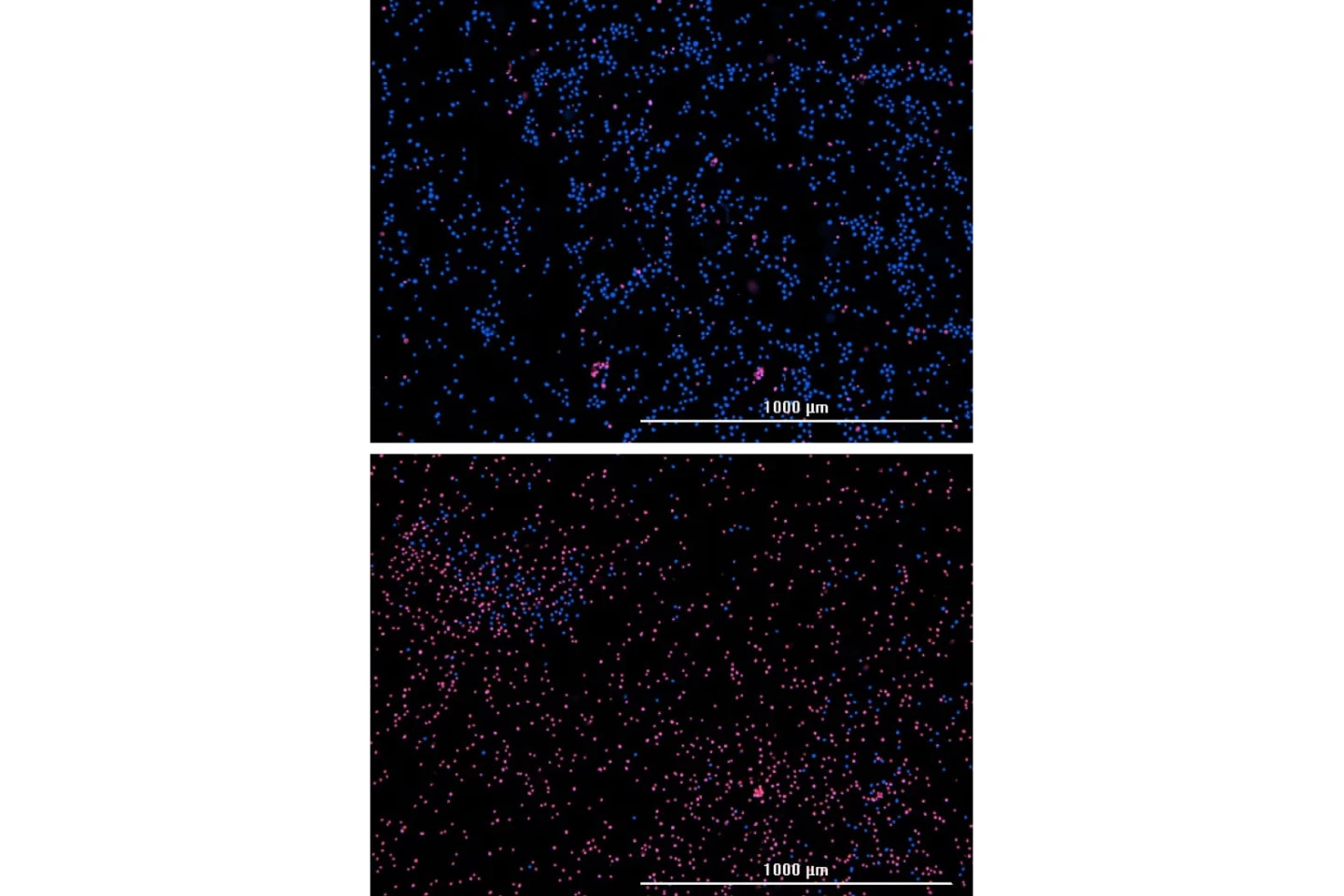Cancer cells are generally more metabolically active than normal cells, which is part of what helps them grow out of control – but this could also be their weakness. Researchers at Rice University have shown that leukemia is particularly vulnerable to a cocktail of drugs that target the structures inside cells that provide energy.
In the middle of most human cells – healthy and cancerous alike – sit structures called the mitochondria, which turns oxygen and nutrients from food into energy. That energy takes the form of a chemical called adenosine triphosphate (ATP).
In order to grow and proliferate quickly, cancer cells need an abundance of ATP, and cutting that supply line has been investigated as a potentially useful way to fight cancer. Drugs that target the mitochondria are known as mitocans. For the new study, the Rice researchers set out to investigate which types of cancer are most susceptible to mitocans.
“We started with the idea of finding an underlying connection between types of cancer and their sensitivity to specific kinds of chemotherapeutics, mitochondria-targeting drugs,” says Natasha Kirienko, lead researcher on the study. “Our bioinformatic analysis, which included 60 cell lines from nine different cancer types, showed that leukemia cells are particularly sensitive to mitochondrial damage.”
After conducting the computer analysis, the researchers then began testing mitocans on acute myeloid leukemia cells in a lab setting. Not only did the drugs work well against the cancer, but they found the effect could be boosted with the help of another drug – a glycolytic inhibitor. Glycolysis is the process by which glucose is broken down into energy molecules, including ATP, so it makes sense that inhibiting that process would put a damper on cancer growth.
In some of the tests, the team showed that the drugs killed up to 86 percent of leukemia cells. Importantly, the drugs didn’t affect healthy blood cells as much, although there were casualties of up to 30 percent. While that does sound troublesome, the team stresses that this survival rate is roughly five times better than previous cancer drugs.

Interestingly, the team also found a predictor of how well the drug combo might work on a given individual. The drug didn’t seem to work as well on people whose mitochondria are particularly efficient at converting oxygen into ATP.
“The more efficient they are, the more resistant they will be to mitochondria-targeting drugs,” says Kirienko. “If this holds true, doctors can perform a relatively simple test of this specific parameter of mitochondrial health from a patient’s sample and predict whether the treatment would be effective.”
The researchers say they’re currently investigating other mitocans drug combinations, as well as which other types of cancer this combo could work against.
The research was published in the journal Cell Death and Disease.
Source: Rice University





